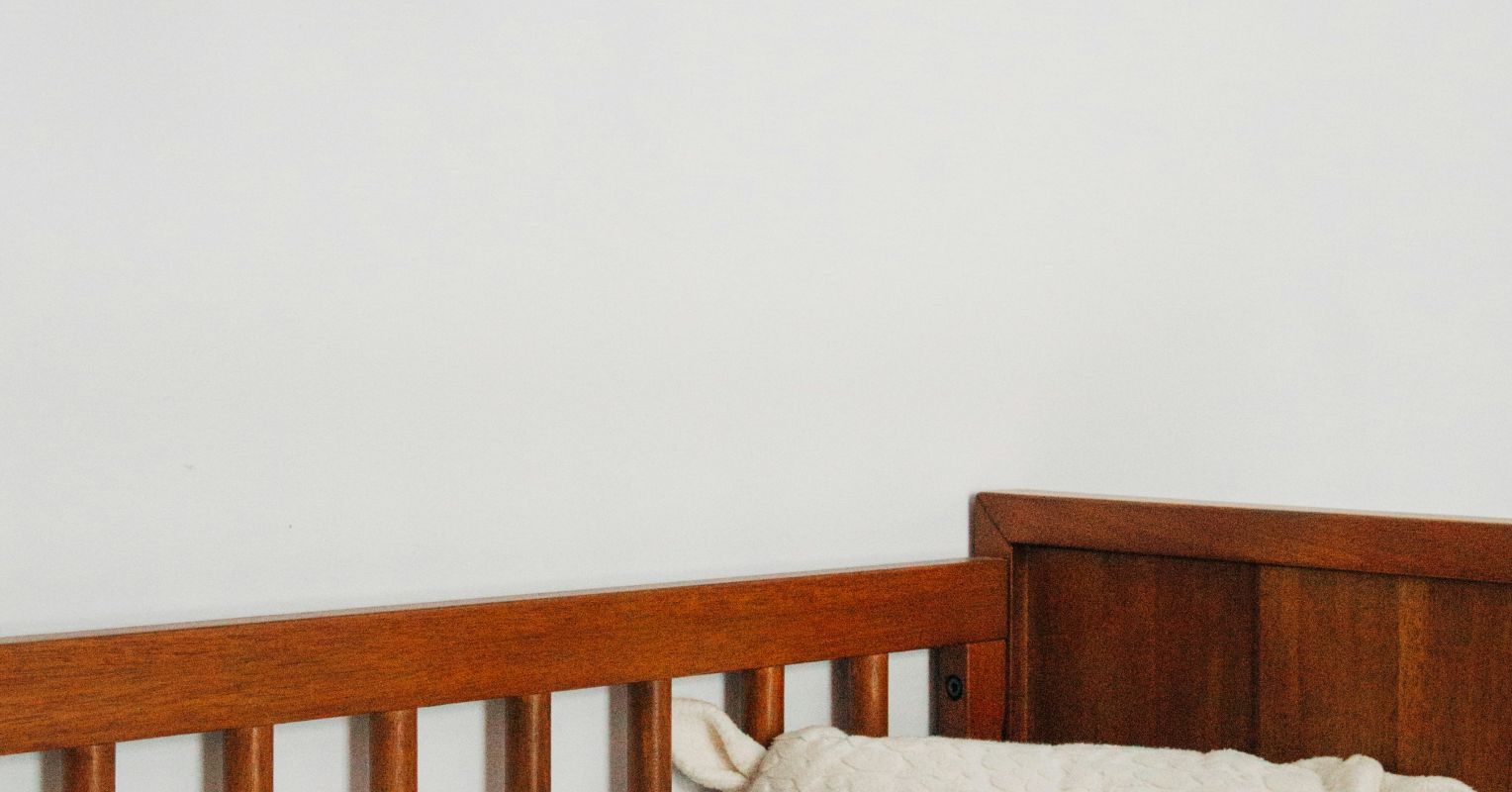Transitioning from a crib to a bed signifies a significant milestone in a toddler’s development and can pose challenges for both parents and children. The worries about whether the child will maintain good sleep habits or wander the house at night can be daunting for parents. Fortunately, research provides valuable guidance to manage this transition effectively.
Determining the Optimal Time to Transition From Crib to Bed
Parents often contemplate the right moment to move their child from a crib to a toddler bed. While this decision depends on various individual factors, having an understanding of the typical age range for this transition can serve as a useful reference point.
Research indicates that:
- Roughly 37% of toddlers aged 18 to 22 months have transitioned from a crib to a bed.
- About 66% of toddlers between 24 to 29 months have already made the switch.
- The majority, accounting for 87%, of toddlers aged 30 to 36 months have shifted to a bed.
Although the timing of this transition should cater to the specific needs of the child and the family, recent studies suggest potential advantages in waiting until the child is at least 3 years old. Research has shown that toddlers aged 18 to 36 months who continue to sleep in a crib tend to have an earlier bedtime, fall asleep faster, experience fewer nighttime awakenings, enjoy longer uninterrupted sleep at night, have an extended overall sleep duration, exhibit reduced bedtime resistance, and encounter fewer sleep-related issues. Notably, toddlers in cribs slept an average of 29 minutes longer per night compared to those in beds. While this correlation suggests that toddlers transitioning later might inherently be better sleepers, the data underscores the importance of this additional sleep duration.
Furthermore, the timing of the crib-to-bed transition should also take into account the child’s physical development. To prevent accidental falls, the American Academy of Pediatrics recommends that children be moved out of the crib when they reach a height of 35 inches or when the side rail measures less than three-quarters of their height.
Navigating the Transition Process
Here are some valuable suggestions to ease this challenging transition:
- Emphasize Safety: Safety is paramount when transitioning your child to a toddler bed. Assess whether your child surpasses the crib’s weight or height limits, or if they are attempting to climb out. Ensure the toddler bed is secure by using bed bumpers or placing the mattress on the floor. Implement safety precautions around the house, including stair gates and anchored furniture. Adhere to safety recommendations such as avoiding pillows until age 2 and refraining from bunk beds until age 6.
- Evaluate Developmental Readiness: Evaluate your child’s self-regulation abilities and their capacity to follow bedtime rules in a toddler bed. Ensure they understand the responsibilities that come with this transition.
- Minimize New Sibling Influences: Introducing a new sibling can be overwhelming for a child; introducing the crib transition during this period might be too much change at once. Consider alternative sleeping arrangements for the newborn to facilitate the transition for your older child.
- Gradual Shift: Facilitate the transition by gradually introducing changes, such as lowering the crib mattress, then transitioning to a bed mattress on the floor before moving to a bed frame.
- Establish Clear Expectations: Clearly outline the expected bedtime and morning routines to your child to establish consistency.
- Maintain Bedtime Routine: Consistent bedtime routines aid in quicker sleep onset and fewer nighttime disturbances, providing support during this transition.
- Utilize a “Bedtime Pass” Approach: Implement a “bedtime pass” system where children have one opportunity to leave their room or request a parent visit before bedtime. Subsequent requests should be gently redirected back to bed to reinforce the bedtime routine.
By considering these tips and insights, parents can navigate the crib-to-bed transition more smoothly, ensuring a secure and comfortable shift for both the child and the family.

